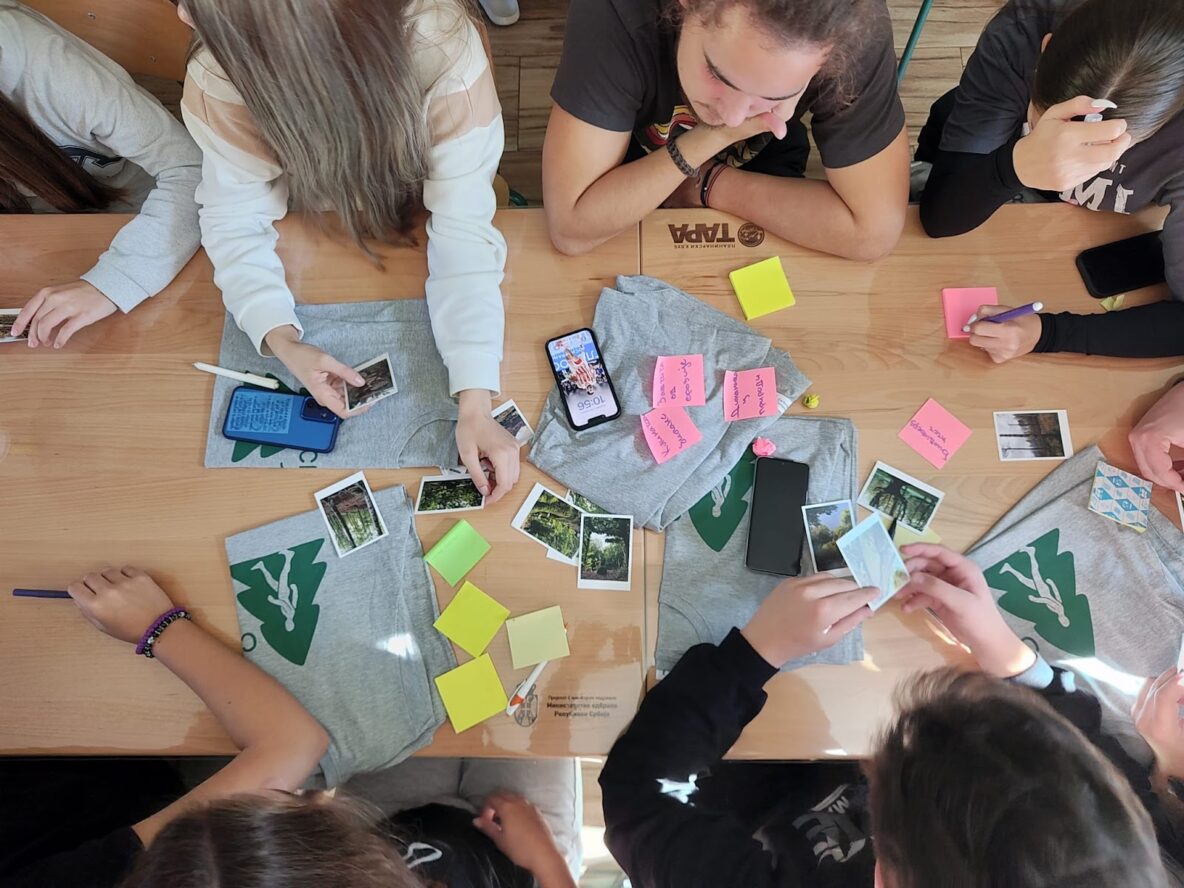How Hiking and Forest Education Are Inspiring Europe’s Youth
The active phase of the Closer to Nature project has been completed, engaging young people across four countries. Funded by the European Union and coordinated by KRAP ASD (Italy), this cross-border initiative has brought hundreds of teens closer—literally and figuratively—to forests, ecosystems, and the critical role nature plays in our daily lives.
Spanning four countries—Italy, Austria, Romania, and Serbia—the active part of the project ran from October 2024 to April 2025 and blended outdoor adventure with deep ecological education. It reached youth aged 10 to 20 through hikes, workshops, and creative, hands-on learning. The goal? Equip the next generation with not just knowledge, but a personal, emotional connection to the forests that sustain us.
Learning Beyond the Classroom
Each partner country brought a unique flavor to the project, adapting activities to suit local environments and cultural contexts:
- Austria’s Innovative Education Center (IEC) led a series of engaging workshops at Vienna’s MS Absberggasse school. Students learned about ecosystem services through interactive games, art created by eco-artists, and even forest excursions to the Vienna Woods. Using public transportation for field trips underscored the project’s sustainability values.
- In Italy, KRAP ASD introduced students to the majestic Cansiglio Forest. Teens from Schio attended presentations on forestry and ecosystem services, then experienced the forest firsthand. Activities ranged from structured games to nature walks, all designed to show how vital forests are for clean air, biodiversity, and climate resilience.
- Romania’s Scout Society tailored its workshops to different age groups, from elementary students drawing nature scenes and pledging to reduce waste, to high schoolers creating environmental action plans. The highlight was a full-day hike through the Tismana Forest, where participants absorbed the sights, sounds, and purpose of the forest through all five senses.
- Serbia’s Tara Mountaineering Club went deep—literally—into nature. Over two-day camps in National Park Tara, students explored sustainable forestry by day and bonded by campfire at night. The combination of ecological lessons, stargazing, and guitar-strumming under the stars created unforgettable experiences that nurtured both environmental and emotional literacy.

A Different Kind of Education
What sets Closer to Nature apart is its method: learning by doing, feeling, and exploring. Rather than passively consuming facts, teens engaged with the forest. They touched leaves, spotted wildlife, mapped ecosystem services, played educational games, and even learned how to light fires safely in the wild.

Visual storytelling, group-based games, and peer-led workshops ensured that students of all backgrounds—including migrant youth and those with limited access to nature—were able to fully participate and connect.
Small Steps, Big Impact
Behind every hike and poster session was a bigger message: forests aren’t just scenic—they’re essential. Participants learned that forests regulate climate, filter water, support biodiversity, and offer mental and physical health benefits. They also discovered their own power to make a difference: by recycling, planting trees, conserving energy, or simply respecting the environment on their next walk in the woods.

A Blueprint for the Future
The success of Closer to Nature lies in its simplicity and scalability. By combining outdoor sports with accessible environmental education, it created a model that can be replicated anywhere in the world.
As climate change looms large, programs like this offer a hopeful path forward—where young people aren’t just informed, but empowered. Because when you teach someone to love the forest, you don’t just grow trees. You grow stewards.

Funded by the European Union. Views and opinions expressed are however those of the author(s) only and do not necessarily reflect those of the European Union or the European Education and Culture Executive Agency (EACEA). Neither the European Union nor EACEA can be held responsible for them.


